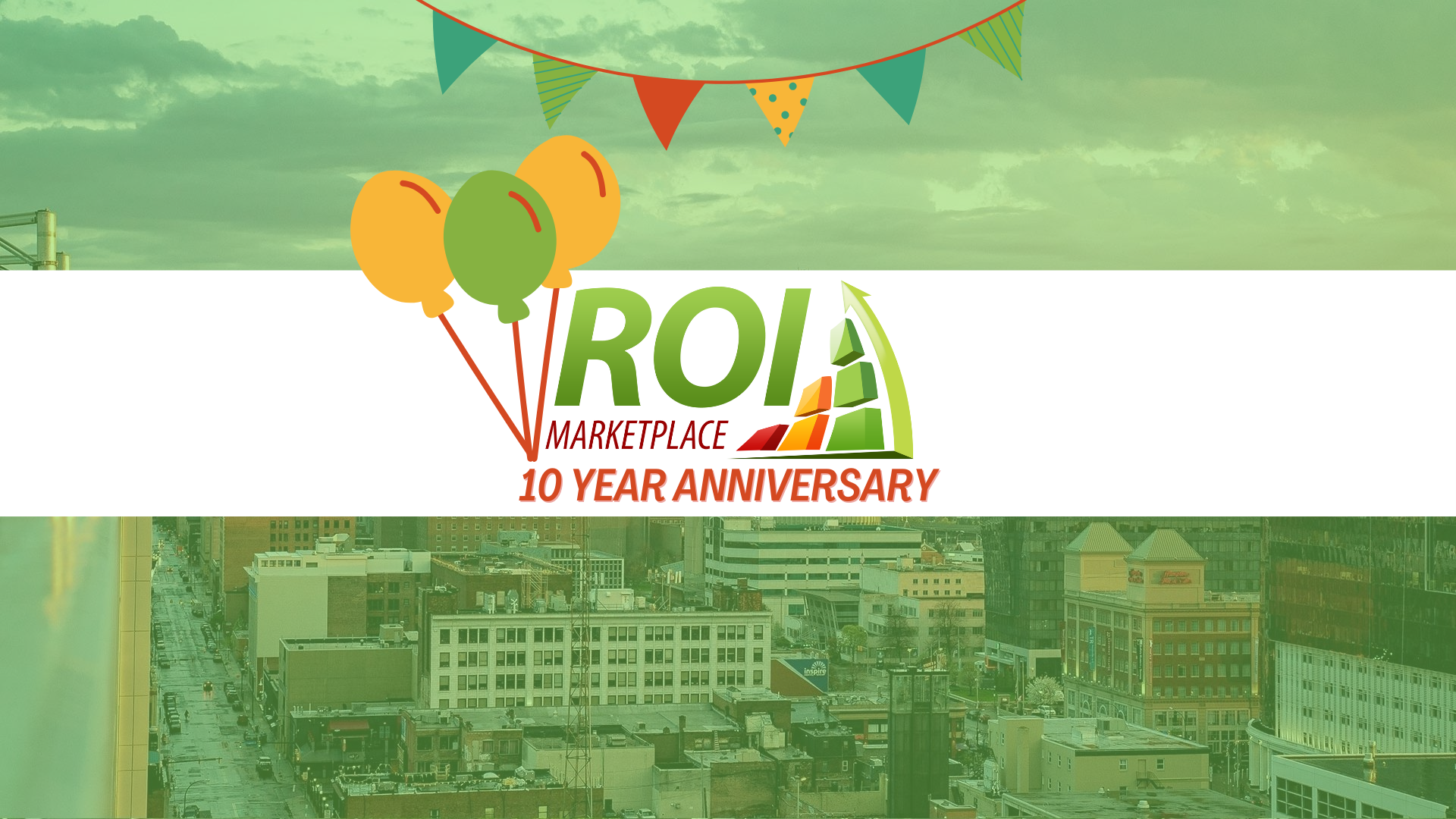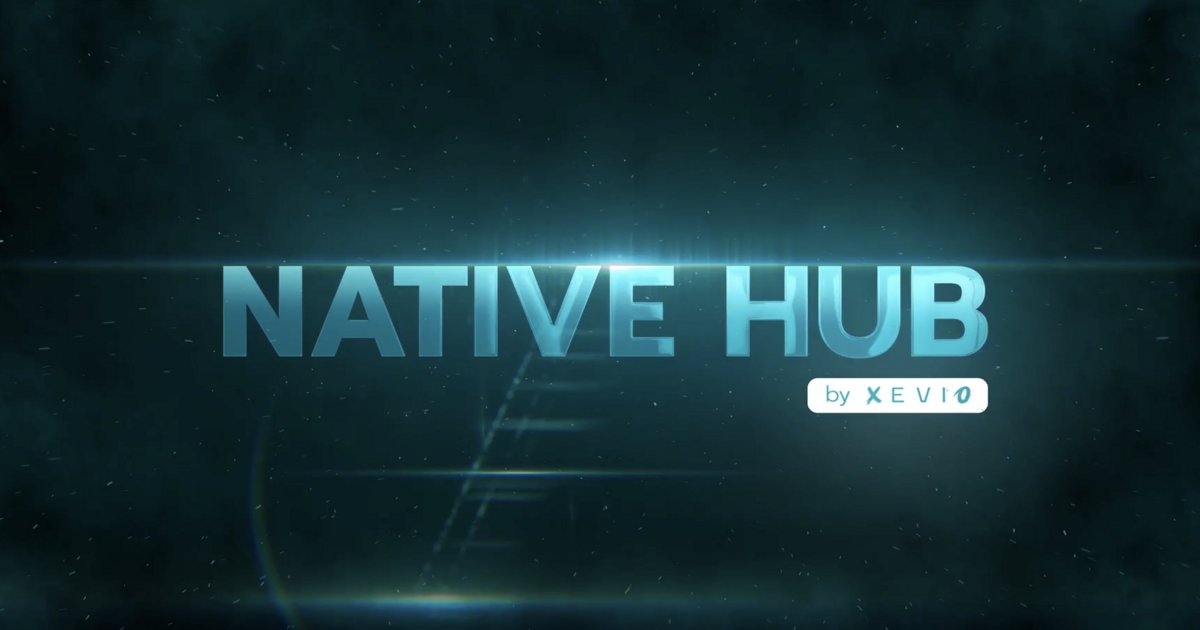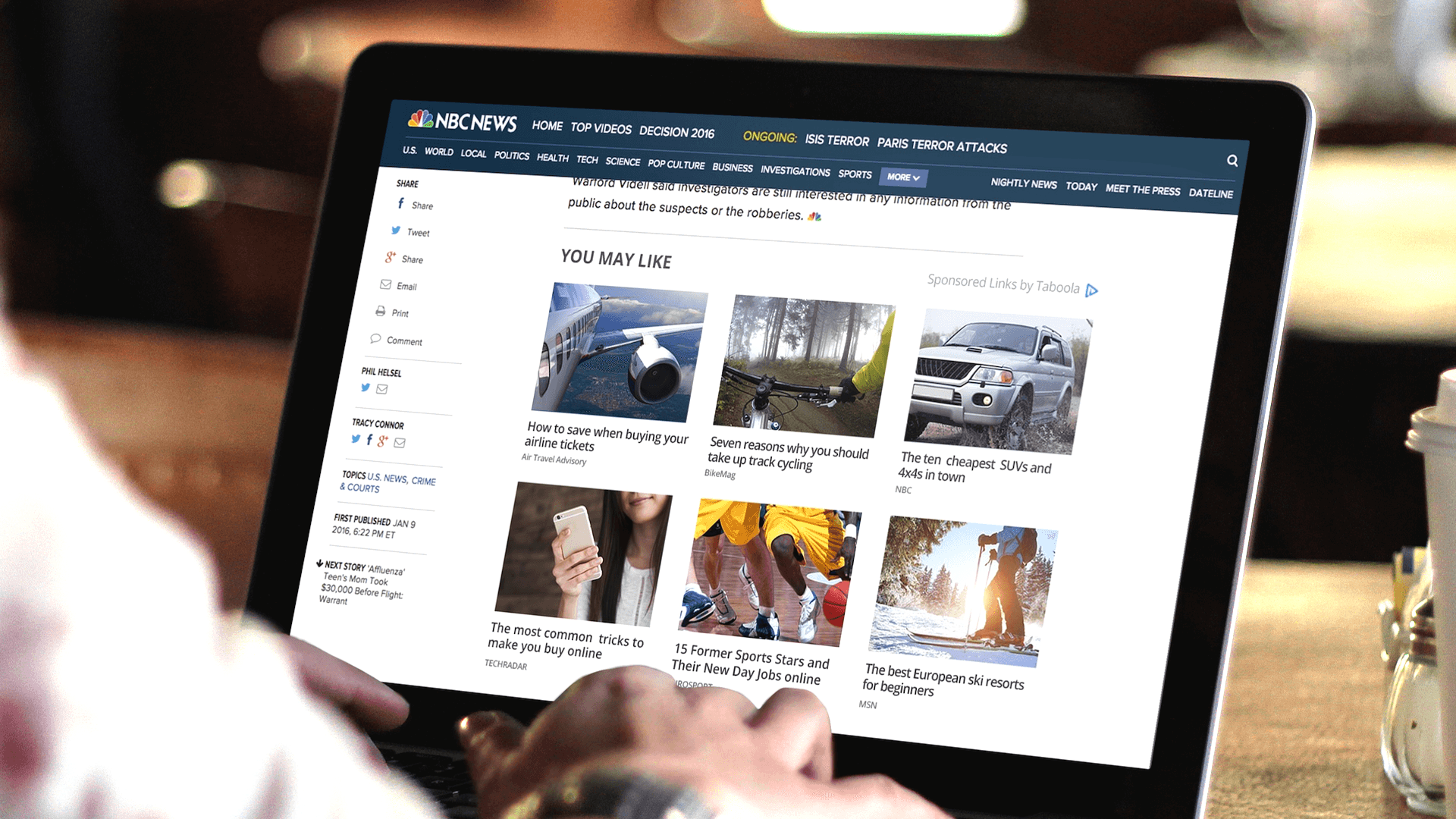Written By Jack Woods | 10/9/23
Introduction
Native advertising has gained significant importance in the advertising industry, making it crucial for marketers to understand the role of budgeting in successful native advertising campaigns.
Native Advertising: Unveiling the Basics
Defining native advertising and its core principles
Native advertising refers to advertisements that blend seamlessly with the surrounding content, providing a non-disruptive and organic advertising experience. It adheres to the core principles of being relevant, valuable, and respectful of the audience’s browsing experience.
Exploring the various forms of native advertising
Native advertising can take various forms, including sponsored articles, recommended content widgets, and in-feed ads. Each form offers unique advantages and should be carefully considered based on the campaign’s objectives and target audience.
Understanding the benefits and challenges of native advertising
Native advertising offers numerous benefits, such as increased engagement, improved brand perception, and higher conversion rates. However, challenges such as maintaining transparency and balancing editorial boundaries require careful consideration during the campaign planning process.
Calculating Costs: Factors Influencing Native Advertising Budgets

Identifying the campaign objectives
Clearly identifying the desired outcomes of a native advertising campaign, such as brand awareness, lead generation, or product sales, is essential to determine the budget needed to achieve those goals.
Determining the target audience
Understanding the target audience’s demographics, preferences, and online behavior allows marketers to allocate budget towards reaching the right people effectively.
Assessing the chosen advertising platform
Different advertising platforms, such as Taboola, Outbrain, MGID, or RevContent offer varying reach, pricing structures, and targeting options. Evaluating these platforms in relation to the campaign goals helps determine the budget required for effective exposure.
Analyzing content creation and distribution expenses
Creating high-quality and engaging content, including graphics, videos, and articles, requires budget allocation. In addition, as Native Advertising is a pay-per-click advertising strategy, distributing the content across multiple channels incur costs, which should be factored into the overall budget.
Benchmarking: Key Statistics and Industry Insights

Examining average native advertising budgets in various industries
Different industries allocate varying budgets to native advertising based on factors such as competition, target audience, and campaign objectives. Understanding industry benchmarks can provide valuable insights and help marketers determine the appropriate budget allocation.
Comparing native advertising costs to traditional advertising methods
Native advertising often offers a cost-effective and more targeted alternative to traditional advertising methods, such as TV commercials or print ads. Comparing the costs and potential reach of native advertising with traditional methods allows marketers to make informed budget decisions.
Your choices: go broad with traditional media, or more specific and targeted based on your user demographic.
Analyzing the return on investment (ROI) for native advertising
Measuring the success of a native advertising campaign involves tracking key performance indicators (KPIs) and analyzing the ROI. By assessing the impact of their budget allocation on the campaign’s outcomes, marketers can optimize future budget planning.
Setting the Right Budget: Strategies for Success

Estimating the overall budget for a native advertising campaign
Considering the factors discussed earlier, marketers can develop a realistic estimate of the overall budget required for a native advertising campaign. This estimate should account for both one-time expenses, such as content creation, as well as ongoing costs like platform fees.
Allocating funds across different stages of the campaign
To ensure consistent visibility and engagement, budget allocation should be planned across different campaign stages, including content creation, distribution, and ongoing promotion. Allocating resources strategically helps maintain campaign momentum and achieve desired results.
Balancing between content creation and advertising expenses
While content creation is a vital aspect of native advertising, it is equally important to allocate sufficient budget to reach the target audience effectively. Finding the right balance between content creation and advertising expenses ensures maximum impact within the allocated budget.
When testing new ad creatives, we advise the 80/20 rule – 80% of your budget being for your control ad and 20% for a testing budget.
Bidding Strategies: Native Advertising in the Digital Landscape
Understanding programmatic native advertising
Programmatic native advertising automates the buying and selling of native ads, allowing for real-time bidding and precise audience targeting. Understanding the nuances of programmatic advertising helps marketers optimize their budget by reaching the right audience at the right price.
Exploring pricing models and bidding strategies
Different platforms and exchanges employ various pricing models, such as cost-per-click (CPC) or cost-per-impression (CPM). Choosing the most suitable pricing model and implementing effective bidding strategies maximizes budget efficiency and ROI.
Optimizing the budget through real-time bidding
Real-time bidding in programmatic native advertising enables marketers to optimize budget allocation by bidding on ad placements that offer the best value and potential audience engagement. Leveraging real-time bidding ensures that the budget is utilized efficiently to achieve campaign goals.
Case Studies: Successful Native Advertising Campaigns
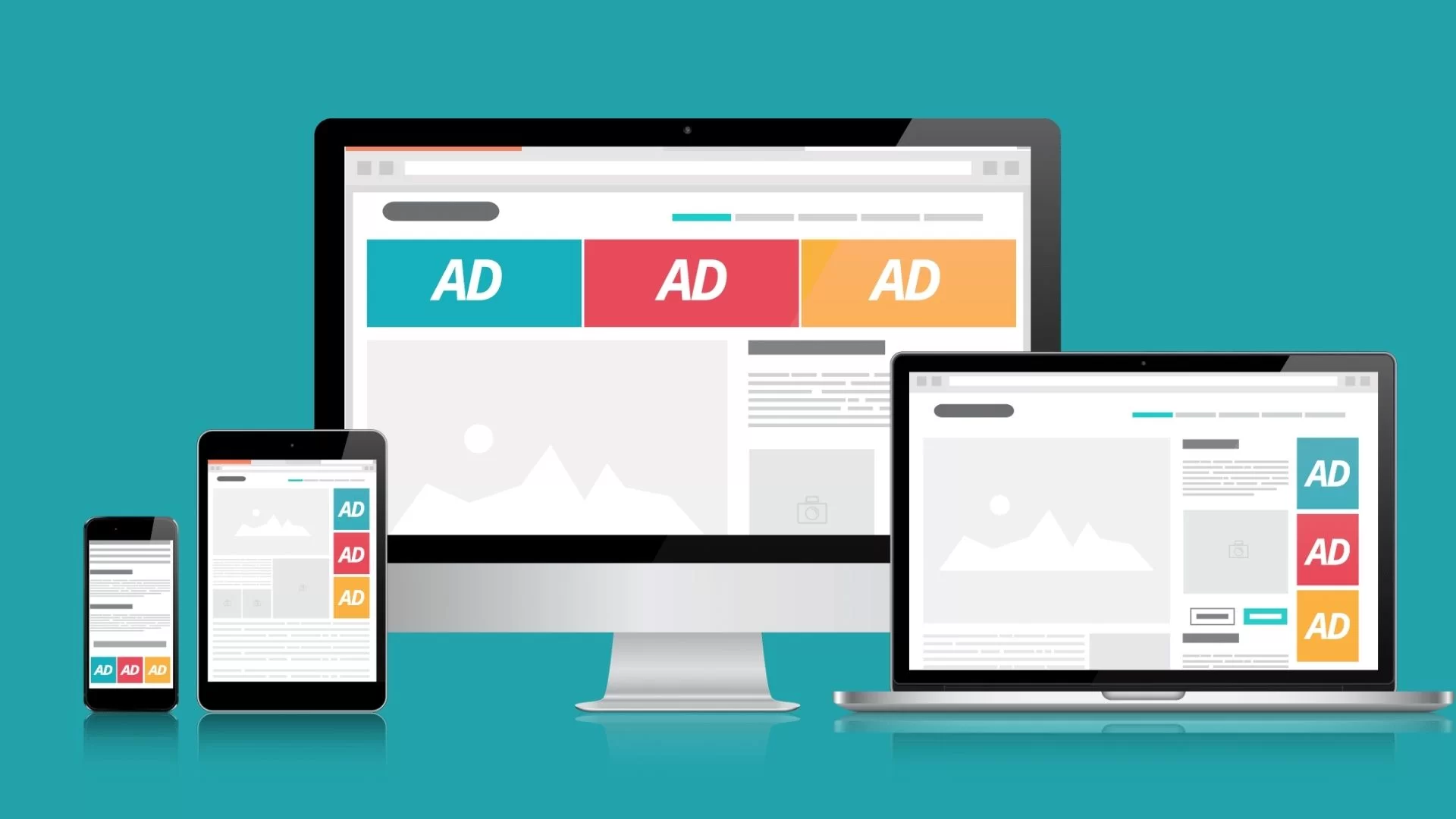
Exemplary native advertising campaigns across industries
Analyzing successful native advertising campaigns across industries provides valuable insights into effective budget utilization and ROI. Examining these case studies offers inspiration and guidance for marketers planning their own campaigns.
Analyzing budget allocation and ROI for each case study
Understanding how budget allocation correlates with campaign success in each case study helps marketers make data-driven decisions while setting their own budgets. By drawing insights from successful campaigns, marketers can optimize their budget allocations for maximum impact.
Scaling Up: Budgets for Large-Scale Native Advertising Campaigns
Strategies to accommodate larger budgets
Large-scale native advertising campaigns require scalable strategies to manage increased budgets effectively. Implementing efficient processes, leveraging automation, and exploring advanced targeting options allows marketers to make the most of their larger budgets.
Establish your 80/20 split in your budget and find the opportunity to grow and expand the budget. Within that demographic and target audience, you can expand your budget for proportionate growth.
Staying Ahead: Budget Trends and Future Considerations

Emerging trends in native advertising budgeting
As the native advertising landscape evolves, new trends and strategies emerge that influence budget planning. Keeping an eye on industry developments and staying informed about changing consumer behaviors helps marketers adapt their budgeting approach to stay ahead.
Predictions for the future of native advertising budgets
Considering factors such as technological advancements, market trends, and shifting consumer preferences, predictions about the future of native advertising budgets can help marketers prepare and allocate budgets effectively for long-term success.
Summary
The significance of native advertising budgets cannot be overstated. Adequate budgeting allows marketers to plan and execute effective campaigns, reaching their target audience and achieving their desired goals. By understanding the basics of native advertising, calculating costs, assessing performance, and keeping up with industry trends, marketers can optimize their native advertising budgets for maximum impact.
Key Takeaways and Actionable Insights
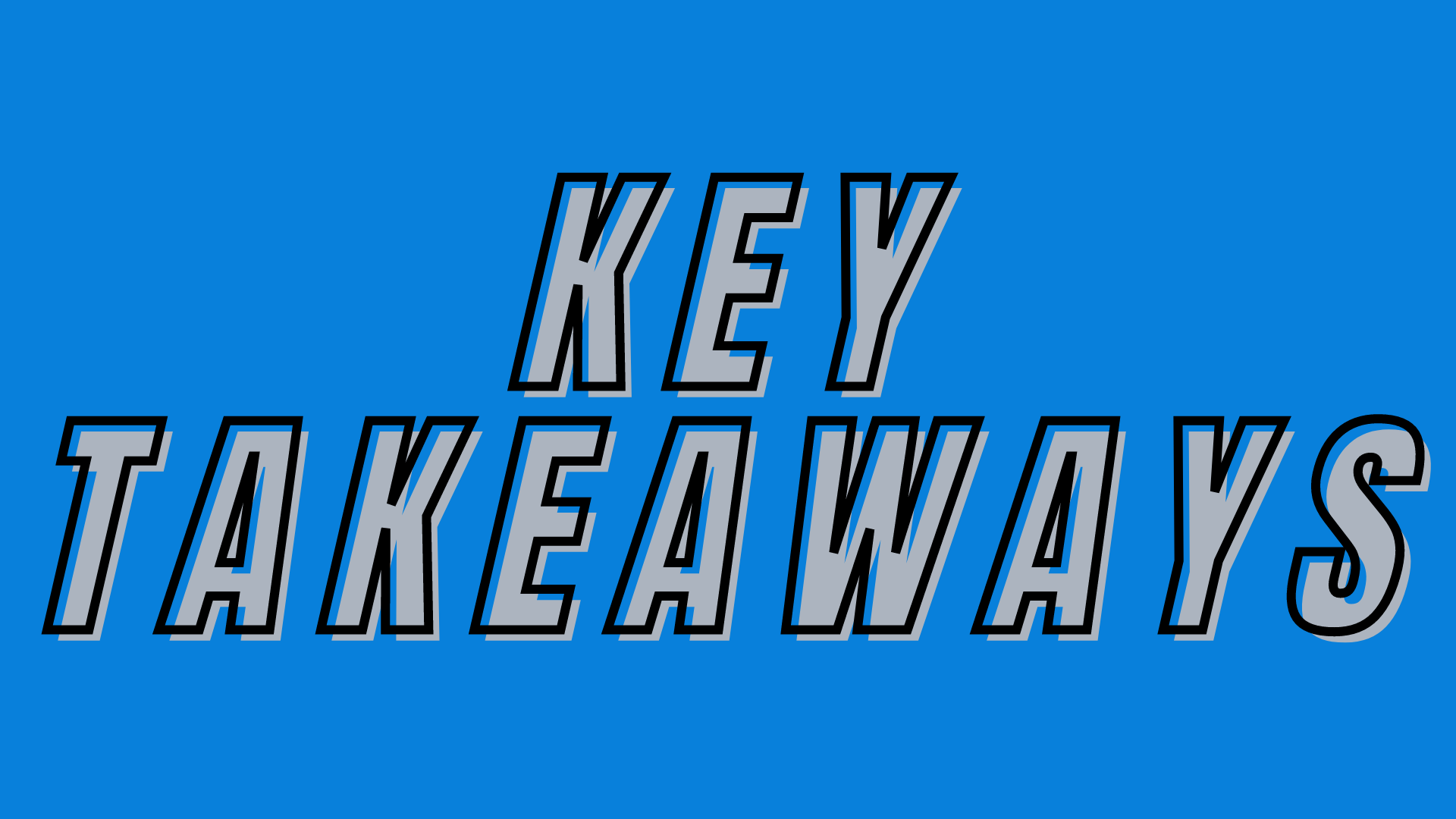
- Clear campaign objectives, target audience analysis, and platform assessment are crucial factors in determining native advertising budgets.
- Comparing native advertising costs to traditional methods can help marketers make informed budget decisions.
- Regular monitoring of campaign metrics enables ongoing optimization of budget allocation.
- Small businesses can maximize native advertising budgets through strategic planning and cost-effective alternatives.
- Analyzing successful case studies assists in optimizing budget allocation for maximum campaign impact.
- Scalable strategies and strategic collaborations help manage larger budgets effectively.
- Staying informed about emerging trends and predicting future changes ensures budget planning remains effective.
Frequently Asked Questions (FAQs)
1) How does native advertising differ from traditional advertising in terms of budgeting?
Native advertising budgets often prioritize creating engaging content and precise audience targeting, while traditional advertising may allocate more budget towards media buying and production costs.
2) What factors should be considered when setting a native advertising budget?
Campaign objectives, target audience, chosen advertising platform, content creation, and distribution expenses are critical factors to consider when setting a native advertising budget.
3) What metrics should be monitored to evaluate the success of a native advertising campaign?
Key performance indicators (KPIs) such as click-through rates (CTR), earnings-per-click (EPC), and cost-per-acquisition (CPA), conversion rates, engagement metrics, and sales figures should be monitored to evaluate the success of a native advertising campaign.



